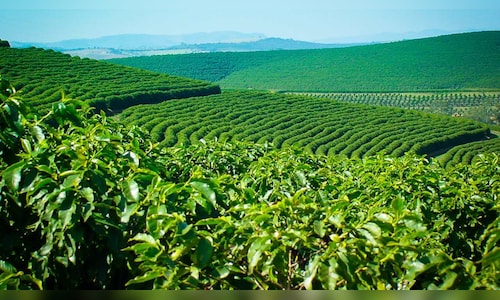For instance, 94% of India’s coffee exports consisted of green coffee just a few decades ago, but today, value-added coffee makes up 38% of the export portfolio. India has now become the second-largest producer of instant coffee, following Brazil.
The Coffee Board of India highlighted that India is internationally recognized for its sun-dried, handpicked coffee cultivated under a two-tier agro-forestry system. It is among the few countries producing both Arabica and Robusta coffee varieties, with 13 types of Arabica and 3 types of Robusta cultivated in the country. Arabica coffee contains less caffeine compared to Robusta.
Arabica offers a sweeter and smoother flavor, while Robusta tends to be more bitter.
Over the past decade, the number of coffee export markets has expanded from 105 to 128. As a result, the export basket has diversified, with the European Union’s share in India’s total coffee exports declining from 54% to 46%.
While India’s export share to high-value markets like South Korea and Japan has risen, West Asia is becoming a popular export destination. Demand for Monsoon Malabar coffee is increasing in Scandinavian countries, and Indian Robustas are finding greater use in espressos across Europe.
Also Read: India a crucial hub in AI’s agentic future, says Cognizant leadership



